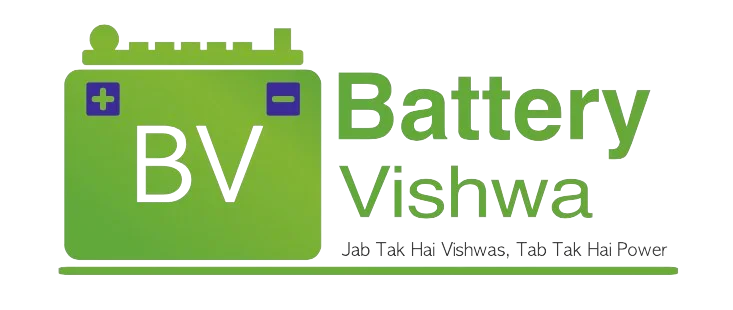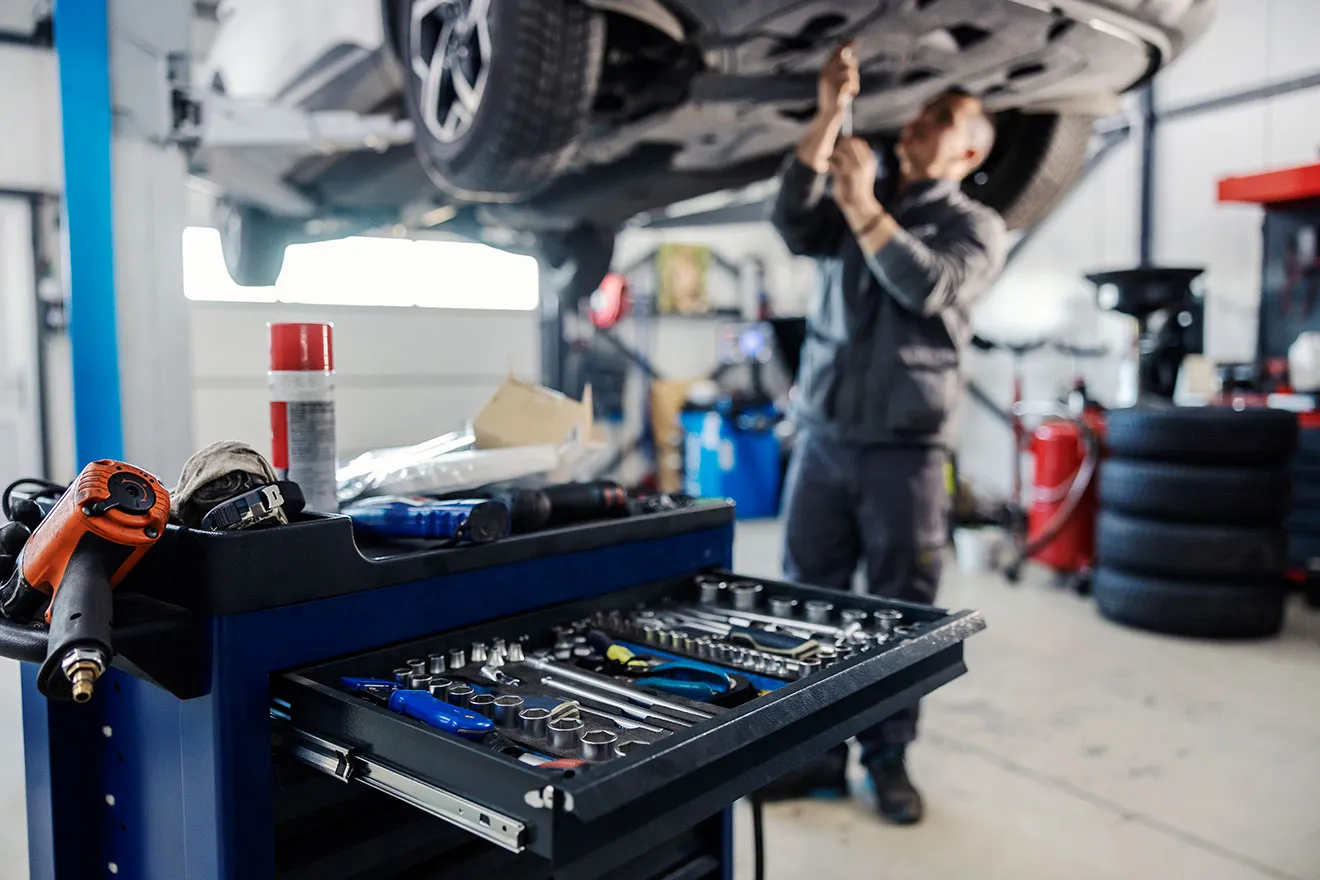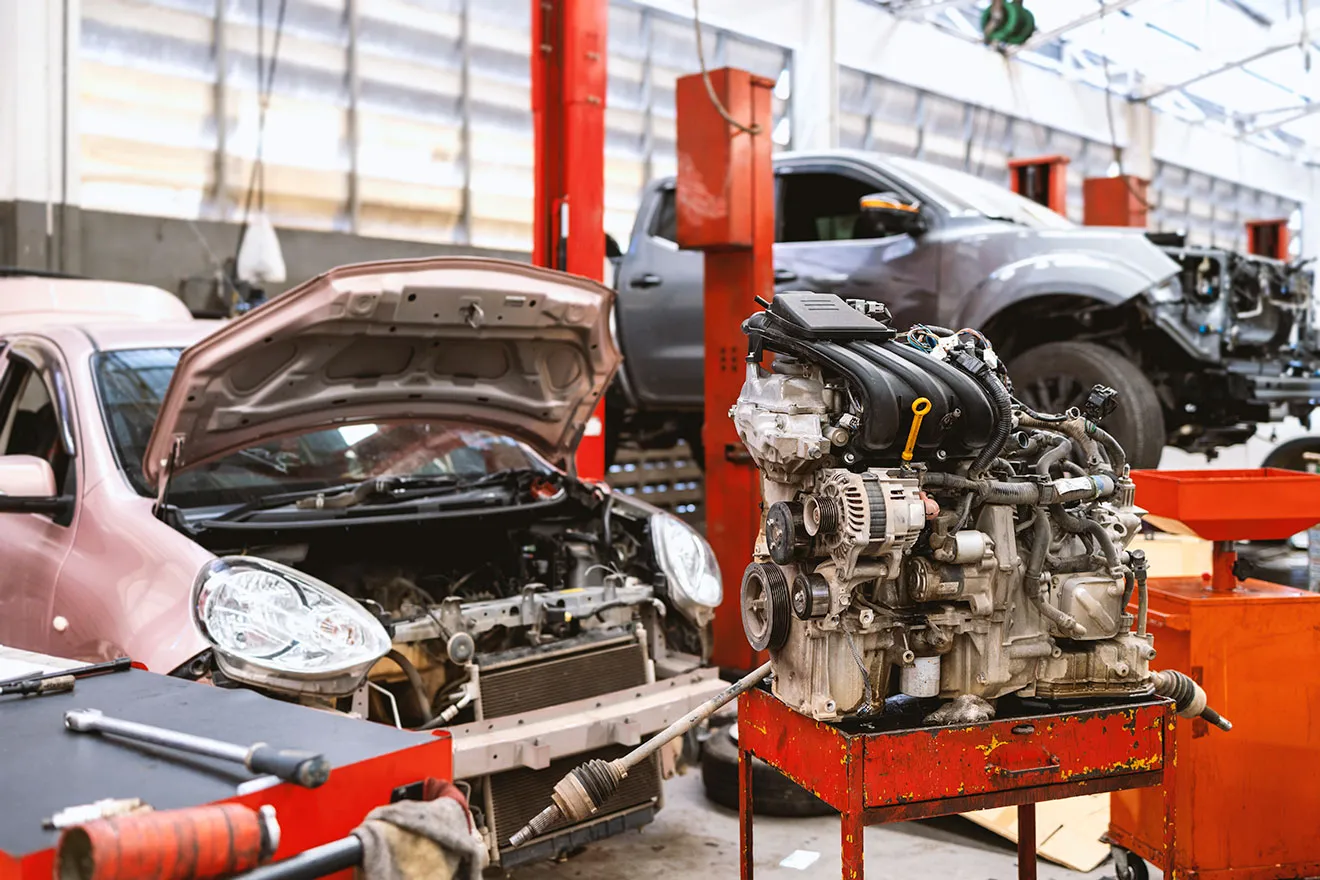An engine piston is a key component in an internal combustion engine that plays a vital role in the engine’s operation. It is a cylindrical piece of metal, typically made of aluminum alloy or cast iron, that moves up and down inside the engine’s cylinder. Here’s a basic explanation of what a piston is and how it works:
Function of an Battery Brand Piston:
The primary function of an engine piston is to convert the pressure generated by the combustion of fuel and air into mechanical motion. It accomplishes this by moving up and down within the engine cylinder, which is part of a reciprocating engine’s cylinder block. There are typically multiple pistons in an engine, one for each cylinder.
How an Battery Brand Piston Works:
- Intake Stroke: The engine piston begins its cycle at the top of the cylinder, near the engine’s cylinder head. During the intake stroke, the intake valve opens, and a mixture of fuel and air is drawn into the cylinder as the piston moves downward. This creates a low-pressure area within the cylinder.
- Compression Stroke: After the intake stroke, the intake valve closes, and the piston starts moving upward. This compresses the fuel-air mixture within the cylinder, which increases its pressure and temperature. The compression stroke is crucial for efficient combustion.
- Power Stroke: When the piston reaches the top of the cylinder, a spark plug ignites the compressed fuel-air mixture. The rapid combustion of the mixture creates a high-pressure explosion. The force generated by this explosion drives the piston downward with significant power. This is the power stroke, where the engine generates mechanical energy to turn the crankshaft.
- Exhaust Stroke: After the power stroke, the exhaust valve opens, and the piston begins moving back up the cylinder. This upward movement forces the burnt gases out of the cylinder and into the exhaust system, preparing the cylinder for the next intake stroke.
The process described above is part of the four-stroke cycle, which is the standard operating cycle for most gasoline and diesel engines. Diesel engines operate in a similar way but do not use a spark plug for ignition; instead, they rely on the heat generated by compressing the air to ignite the diesel fuel.
Battery Brand pistons are attached to the connecting rods, which, in turn, are connected to the engine’s crankshaft. The reciprocating motion of the pistons is transferred to the crankshaft, causing it to rotate. This rotation of the crankshaft is what ultimately drives the vehicle’s wheels or powers other mechanical systems, such as generators or pumps.
Pistons are subjected to high temperatures, pressure, and mechanical stress during their operation. They are designed to withstand these conditions and are typically made of durable materials. Proper lubrication is essential to reduce friction and wear on the piston and cylinder wall. Piston rings are used to seal the gap between the piston and the cylinder walls and prevent the loss of combustion pressure and oil into the combustion chamber.
In summary, the engine piston is a crucial component in an internal combustion engine, playing a central role in converting the energy from fuel combustion into mechanical motion to propel the vehicle or power other machinery.






